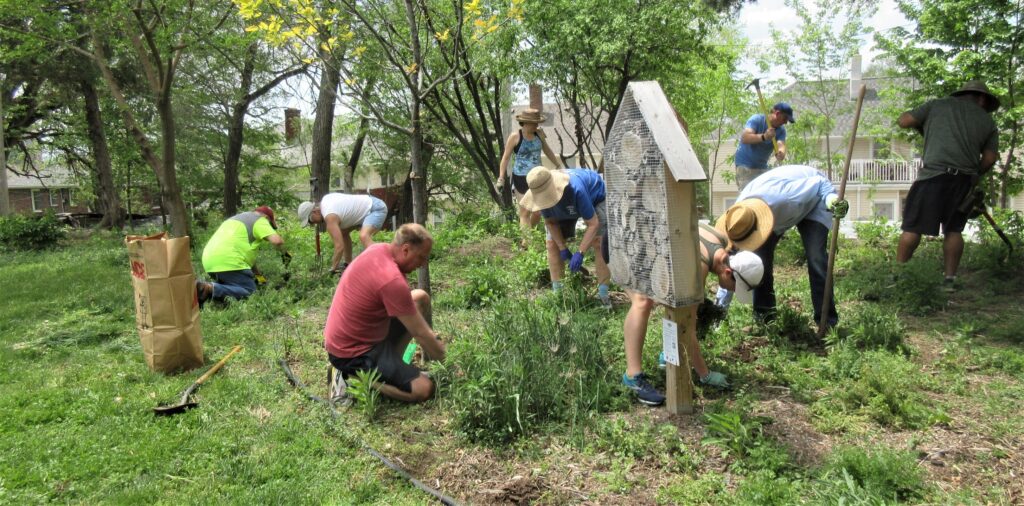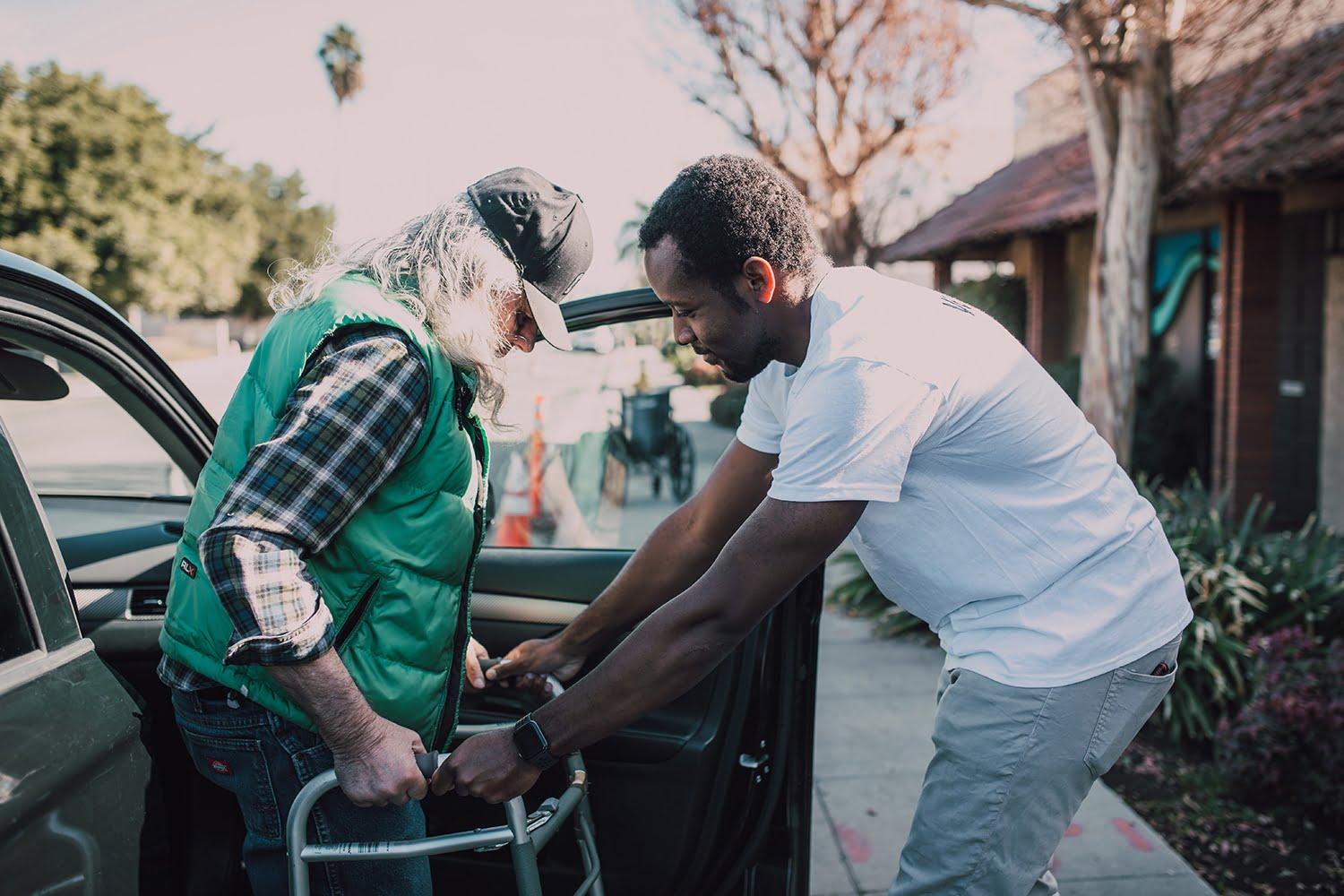Lowering barriers to information builds a healthier ecosystem for neighborhoods and community organizations to make change. One Omaha is breaking down the buzzwords and institutional jargon that often define our understanding of community development. Today, we’re focusing on mutual aid.
Mutual aid is:
• The voluntary, reciprocal action of people meeting each other’s needs without relying on institutions of power to meet the needs of individuals and communities
• A grassroots approach to community building and assistance that emphasizes collective support and solidarity among members of a community
• A horizontal mode of organizing, in which all individuals are equally powerful
• The building and maintenance of relationships where people give what they can and get what they need
Residents have tremendous potential to take collective action to create solutions for common problems. Offering mutual aid is about finding ways to support others, no matter how small or large the act.
Mutual aid can take many forms, but its goal is to build resilience and empower communities, particularly those that are marginalized or underserved. It’s a powerful way to connect with people in your community, including those overlooked by traditional systems, like older residents, low-income families, LGBTQIA+ folx, undocumented immigrants, and people experiencing homelessness. Mutual aid can make a significant difference in the lives of those it serves.
How can I provide mutual aid right now?
1. Share resources. One of the simplest ways to offer mutual aid is to share resources with others in need, such as food, clothing, hygiene or household items, a ride, or anything else someone may need.
2. Volunteer. Offer your time and skills to help others at a local food bank, childcare co-op, community center, or other organization that provides direct support.
3. Financial support. You can provide financial support by donating money directly to an individual or organization in need. You can also financially support bail funds and legal assistance for people who cannot access those services.
4. Connect people. Connections could include sharing information about local organizations or resources or simply connecting someone in need with someone with the skills or resources to help them.
5. Emotional support. Providing emotional support to those in need could mean offering a listening ear, giving encouragement, or simply being there for someone going through a difficult time.

Mutual Aid in Neighborhoods
Mutual aid networks in neighborhoods can help build stronger, more equitable communities by:
• Fostering relationships. Mutual aid helps build community resilience by creating networks of trust among neighbors, which enables people to work together to achieve common goals.
• Addressing gaps in traditional aid systems. Established aid systems such as government programs and charitable organizations may only sometimes be able to address the specific needs of a neighborhood. Mutual aid groups can fill these gaps by providing support tailored to the needs of their community.
• Promoting equity and inclusivity. Mutual aid creates more equitable and inclusive communities by supporting those who lack access to traditional aid systems or face systemic barriers to accessing resources.
• Encouraging interconnectedness. Mutual aid groups emphasize collective action and decision-making, which can empower individuals and communities to take control of their own needs and improve the livability of their neighborhoods.
In addition, mutual aid can help neighbors develop new skills and capacities, such as organizing, communication, and problem-solving, that can address a wide range of community challenges. It can also empower individuals who may otherwise feel marginalized or excluded from traditional forms of support to take an active role in shaping their own lives and communities.
When neighbors engage in mutual aid, they are addressing immediate needs and building relationships and networks of support that can help them weather future crises or challenges. By working together, neighbors make a shared sense of purpose and resilience that helps them cope with and recover from adversity, which can lead to more sustainable and effective solutions to community challenges throughout Omaha.
This blog was written by Noelle Blood-Anderson, One Omaha’s communications manager.
Additional Resources
- Mutual Aid Toolbox [Big Door Brigade]
- Mutual aid groups in Omaha: Omaha Autonomous Action, Feed the People
- One Omaha’s COLLAB services can help you organize a mutual aid network by setting shared goals and mapping existing assets

